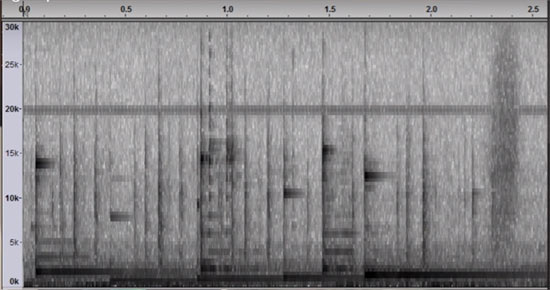At the end of February right before the Pandemic really got going worldwide and when the world seemed a lot simpler, Fuji surprised us with the launch of the Fuji X-T4 APS-C 1.5x crop sensor body. It comes completely unexpected to the community of slow motion enthusiasts as the majority of cameras only support a maximum of 120fps with a few Panasonics doing 180p and only the GH5s doing 240fps 1080p.
What makes this camera different is the quality of the output at 240p which is far and above the king in the APS-C format and destroys the GH5s aliased image with a very good and detailed rendition of the scene with a codec strong enough to allow for enough detail and color to really push the format further than any EVIL mirrorless camera before it.




